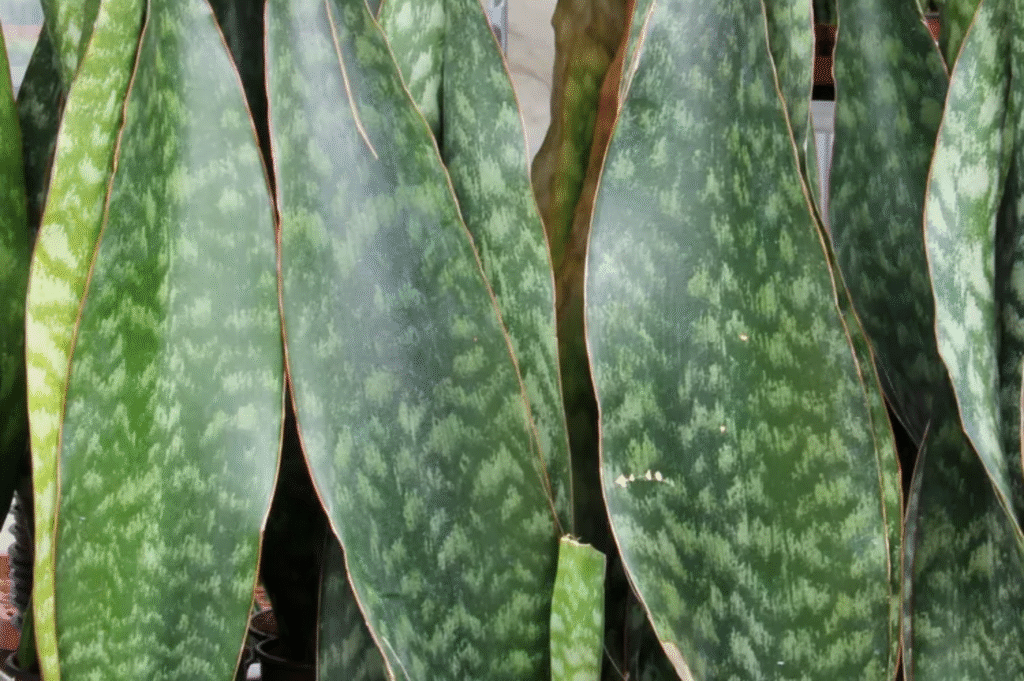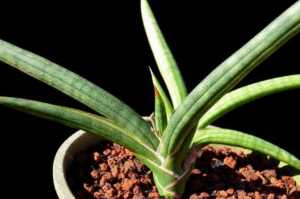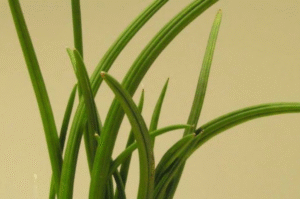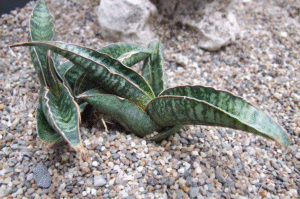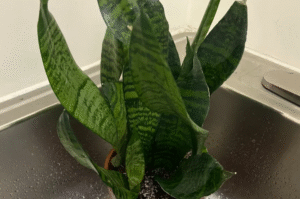Dracaena aubrytiana is quickly becoming a favorite among plant lovers, and it’s easy to see why. With its bold green foliage, moderate size, and easy-care routine, this stunning houseplant adds an instant tropical vibe to any room. Whether you’re a beginner gardener or a seasoned indoor plant enthusiast, learning how to plant, grow, and care for Dracaena aubrytiana can make a rewarding addition to your green space.
In this guide, we’ll explore everything you need to know (from soil requirements to pest prevention) in a professional and insightful tone so you can get the best from your Dracaena aubrytiana.
What is Dracaena aubrytiana?
Dracaena aubrytiana is a relatively lesser-known species within the Dracaena genus. It’s a compact to medium-height plant characterized by its wide, sword-shaped leaves with vibrant green tones, often with lighter green or silvery streaks along the midrib. Its tropical appearance makes it a beautiful choice for home or office environments.
Key Features:
- Broad, glossy leaves with bold variegation
- Medium growth height (3–5 feet indoors)
- Excellent air-purifying abilities
- Low-maintenance care requirements
It belongs to the Asparagaceae family and is a cousin to popular plants like the snake plant (Dracaena trifasciata) and corn plant (Dracaena fragrans).
Benefits of Growing Dracaena aubrytiana
Before we jump into the how-to guide, let’s take a quick look at why this plant deserves a spot in your home:
| Feature | Benefit |
| Air Purifier | Removes toxins like benzene and formaldehyde from the air |
| Low Light Tolerance | Thrives in indoor spaces with minimal natural light |
| Easy to Grow | Suitable for beginners with little maintenance needed |
| Aesthetic Appeal | Elegant foliage enhances home décor |
| Pet Friendly | While mildly toxic, it’s generally safe with care |
How to Plant Dracaena aubrytiana
1. Choose the Right Pot
Use a container with good drainage holes. Dracaenas hate soggy roots. A ceramic or plastic pot with a saucer works well to catch excess water.
2. Pick the Right Soil
The ideal soil is light, well-draining, and slightly acidic to neutral (pH 6.0–7.0). A mix of:
- 50% potting soil
- 25% perlite
- 25% peat moss or coco coir
…makes an excellent blend.
You can also use cactus or succulent mix and enrich it with organic compost.
3. Planting Steps
- Fill 1/3 of the pot with the soil mix.
- Place the plant so the root ball sits just under the pot rim.
- Backfill with the remaining soil, lightly pressing around the base.
- Water gently until it drains from the bottom.
Pro Tip:
Let the soil settle naturally, don’t compact it too hard, as this restricts oxygen flow.
Growing Conditions for Dracaena aubrytiana
1. Light Requirements
Dracaena aubrytiana prefers bright, indirect light. Avoid direct sunlight, which can scorch the leaves. If natural light is limited, it will still do well under fluorescent lights.
Best Locations Indoors:
- Near east-facing windows
- Behind sheer curtains on south-facing windows
- Under full-spectrum grow lights for low-light rooms
2. Temperature & Humidity
This plant enjoys a warm, humid environment with temperatures between 65°F and 80°F (18–27°C).
- Avoid cold drafts below 55°F (13°C)
- Ideal humidity: 50% and above
If the air is dry, mist occasionally or use a humidifier.
3. Watering Schedule
This is where most people go wrong. Overwatering can quickly lead to root rot.
Watering Tips:
- Allow the top 1–2 inches of soil to dry between waterings.
- Use distilled or rainwater. Dracaenas are sensitive to fluoride and salts in tap water.
- Water less frequently in winter.
Signs of Overwatering: Yellowing leaves, mushy stems
Signs of Underwatering: Leaf curl, brown edges
Fertilizing Your Dracaena aubrytiana
Feed your plant during the growing season (spring and summer) with a balanced liquid fertilizer (10-10-10 or 20-20-20) every 4–6 weeks.
Best Fertilizer Practices:
- Always dilute to half strength
- Do not fertilize in winter
- Use organic options like worm tea or seaweed extract for safer feeding
Pruning and Maintenance
Dracaena aubrytiana has a tidy, upright growth habit, but light pruning encourages bushier growth.
How to Prune:
- Use clean, sharp scissors
- Trim off yellow or damaged leaves near the base
- To reduce height, cut the main stem just above a node (it will sprout new shoots)
Cleaning Leaves: Wipe the leaves occasionally with a damp cloth to remove dust and let the plant breathe.
Propagation Guide
If you’d like to multiply your Dracaena collection, you’re in luck! Propagation is fairly straightforward.
Two Effective Methods:
- Stem Cuttings in Water
- Cut a 4–6 inch healthy stem
- Place in water, change every 4 days
- Roots develop in 2–4 weeks
- Stem Cuttings in Soil
- Dip cut ends in rooting hormone
- Plant directly in moist soil
- Cover with a humidity dome or clear plastic
New growth appears in 3–5 weeks under ideal conditions.
Common Problems and Fixes
Even with the best care, problems can arise. Here’s how to troubleshoot them.
| Problem | Cause | Solution |
| Yellow Leaves | Overwatering or tap water | Use filtered water and reduce watering |
| Brown Tips | Low humidity or fluoride toxicity | Mist plant and switch to rainwater |
| Droopy Leaves | Cold stress or root issues | Move to warmer spot, check for rot |
| Pests (Spider mites, mealybugs) | Dry air, poor air circulation | Wipe leaves with neem oil or insecticidal soap |
Is Dracaena aubrytiana Pet Safe?
Mildly toxic to pets if ingested. It contains saponins that can cause vomiting or drooling in cats and dogs.
Keep out of reach or opt for elevated plant stands if you have curious pets.
Final Thoughts:
Absolutely! Dracaena aubrytiana is a top-tier houseplant for anyone looking to add a bold, beautiful, and easy-care plant to their collection. With its stunning foliage and forgiving nature, it’s perfect for both beginners and experienced plant parents.
If you follow the simple guidelines in this care guide (moderate light, proper watering, and occasional feeding), your Dracaena aubrytiana will reward you with years of lush, vibrant growth.

